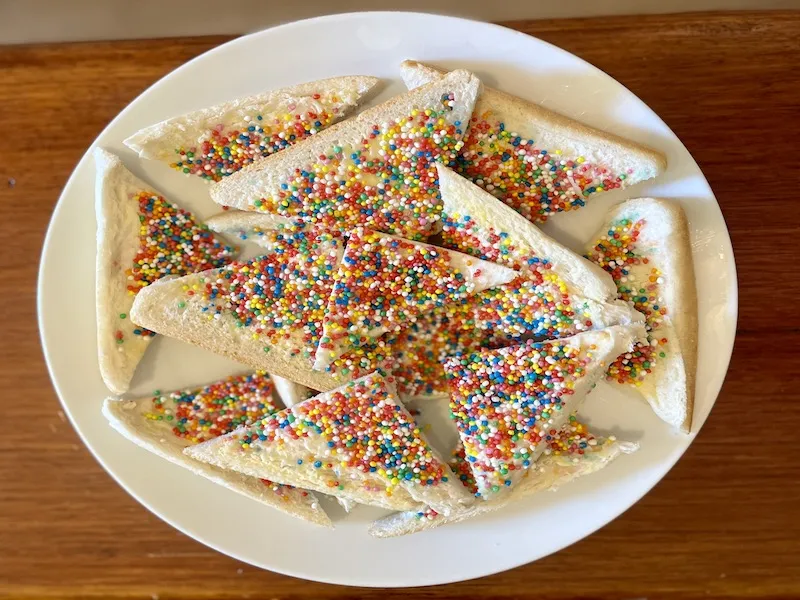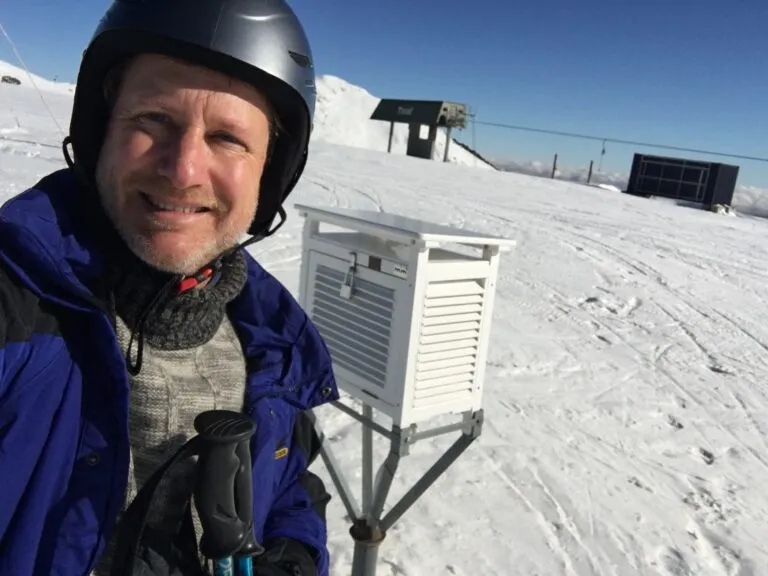Temperatures, literature and fairy bread

With international attention focussed on the world’s increasing temperatures this month as leaders met in Glasgow to address global climate change, you may have wondered how scientists take the Earth’s temperature.
You may not have wondered about the link between temperature, classic literature and fairy bread, but that’s what this blog is about.
To observe the planet’s temperature, thermometers need to record observations in a way that is consistent with other thermometers around the world. Meteorologists mount thermometers inside something called a Stevenson screen. This shields thermometers from direct sunlight, rainfall and other effects that may artificially influence the temperature. The Stevenson screen is ventilated with angled louvres, so the temperature matches that of the surrounding area.
So what about the link to fairy bread? I’ll get to that soon.
The Stevenson screen was introduced to the international scientific community in 1866 in Greenwich, England. It was introduced to Australia in the 1880s but was not consistently used throughout the country until the early 1900s.
The Stevenson screen is named after its inventor, Thomas Stevenson. The Stevensons were a Scottish engineering family known for their contribution to the design and construction of lighthouses. But one member of the family, Robert, was drawn to other endeavours and became a famous author.
Robert Louis Stevenson, who would have turned 160 this month, is known for classic stories such as The Strange Case of Dr Jekyll and Mr Hyde, Kidnapped and Treasure Island. One of his books, a collection of 64 poems called A Child’s Garden of Verses, includes a short poem from 1885 that starts:
Come up here, O dusty feet!
Here is fairy bread to eat.
Linguistic scholars believe this is the first time the term ‘fairy bread’ was coined. The first known reference to fairy bread as the party staple we know today was in the Hobart Mercury in April 1929.
So if it wasn’t for Thomas Stevenson, we may not know the global temperature to the precision required to monitor global warming. And if it wasn’t for his son Robert Louis Stevenson, we may not know what to call buttered white bread covered with colourful sprinkles.
For other facts about the Australian observation network, see our blog on Observations on observers.

Scientell’s Simon Torok, and a Stevenson screen
Author:
Date Posted:
November 21, 2021
